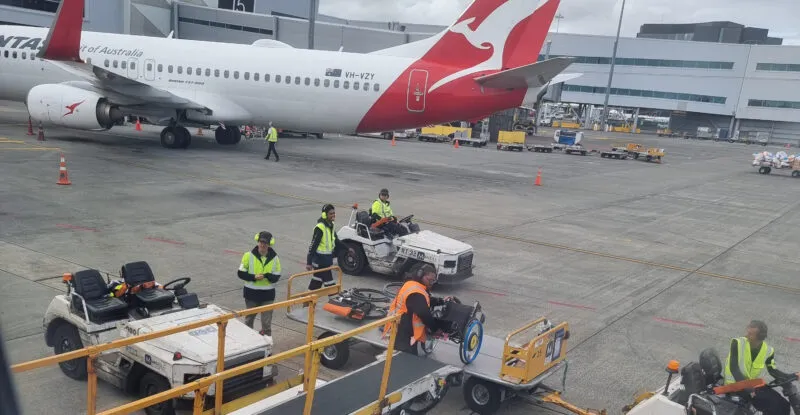The UK Civil Aviation Authority (CAA) is responsible for enforcing a key regulation covering the rights of disabled people and other persons with reduced mobility (PRMs), with the intention of ensuring they have the same opportunities to avail of air travel as non-disabled people including the right to free movement, freedom of choice and non-discrimination. Now the aviation regulator is looking to measure whether airlines are upholding these rights.
Noting that the 2006 regulation in question, known as UK Regulation (EC) No 1107/2006, has a broad remit, covers the whole passenger experience — including pre-journey; at the airport; on board; and post-journey — and applies to all flights from the UK, and “flights to the UK and on UK and EU registered carriers”, the CAA says it believes it is important to establish a key set of standards to “hold airlines to account”.
The so-called Airlines Accessibility Performance Framework now being considered would accompany the UK Airport Accessibility Performance Framework, which was introduced by the CAA in 2014 to improve compliance with (EC) No 1107/2006 as well as the overall quality of assistance at many UK airports.
“We have been heartened by the positive and constructive way in which airports have embraced the framework and its aims. The CAA is now considering developing a similar framework for airlines,” explains the CAA.
Under this proposed framework criteria, airlines would be measured for their performance in multiple areas including but not limited to website accessibility and provision of essential information; assistance and pre-notification; access and medical clearance; check-in, boarding and disembarking; onboard facilities; assistance dogs; training; complaint handling and compensation; and how they handle accompanying persons.
For example, as it pertains to accompanying persons, airlines must have “published processes that are reasonable and proportionate, in line with the safety regulation guidance” in order to achieve a ‘Good’ rating. To achieve a ‘Very Good’ rating, an airline must achieve the measure set out in ‘Good’ and additionally meet the following measure: “Offer discounted rates for accompanying persons when required for safety reasons.”
As part of a consultation that runs until 21 July 2023, the CAA is asking for stakeholders to share their opinions about the proposed framework.
Accessible aviation campaigner Chris Wood MBE tells Runway Girl Network: “It’s great to see the CAA leading the way in airline accessibility. I’m hopeful this consultation will lead to good guidance and also that the airlines will see this as the road to regulation and enforcement.”
Geraldine Lundy MBE, an airline consultant with 25 years in passenger care, says: “I am pleased the CAA is introducing this framework which will improve travel for disabled travellers. However, I am concerned that the topics assessed for airports and airlines differ, which could lead to even more inconsistencies for passengers.”
As a wheelchair user, coach and disability awareness trainer, your author believes it’s important to ensure that PRMs receive consistent and excellent service, and that existing Airport and proposed Airline Frameworks are compatible. Aviation is a precision industry between multiple parties. The frameworks should increase compliance and ownership, reduce procedural inconsistencies, provide clarity to passengers, ensure customer feedback is heard, and utilize robust assessment tools.
Should the framework be formally adopted, it will be fascinating to see how each airline interprets the guidance and how the CAA assessments are made, given global operational differences. It seems clear that the more detail provided by airlines, the more likely they are to hit the targets.
Related Articles:
- Singapore expands automated gates with wheelchair and family lanes
- Gatwick Airport’s accessibility promise paying off
- Ideas abound as US DOT eyes wheelchairs in the cabin
- UK mulls new passenger protections, including for wheelchair users
- Airports and suppliers seek to meet growing needs of PRM travelers
Featured image credited to Jacques Liebenberg











